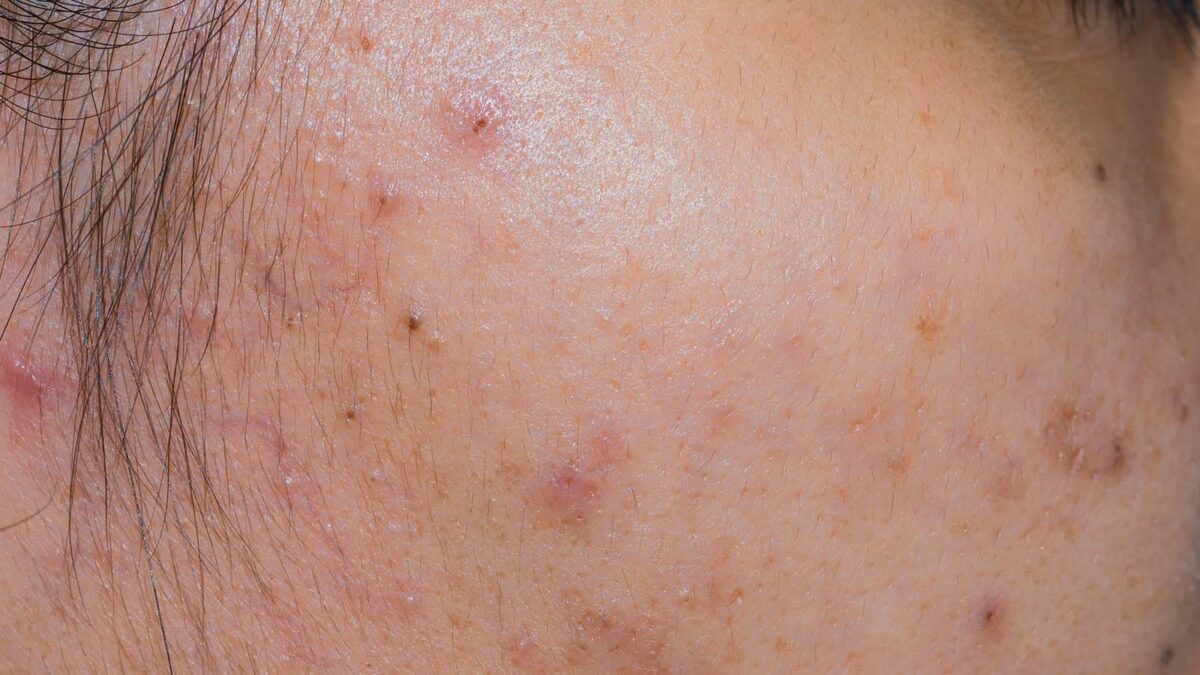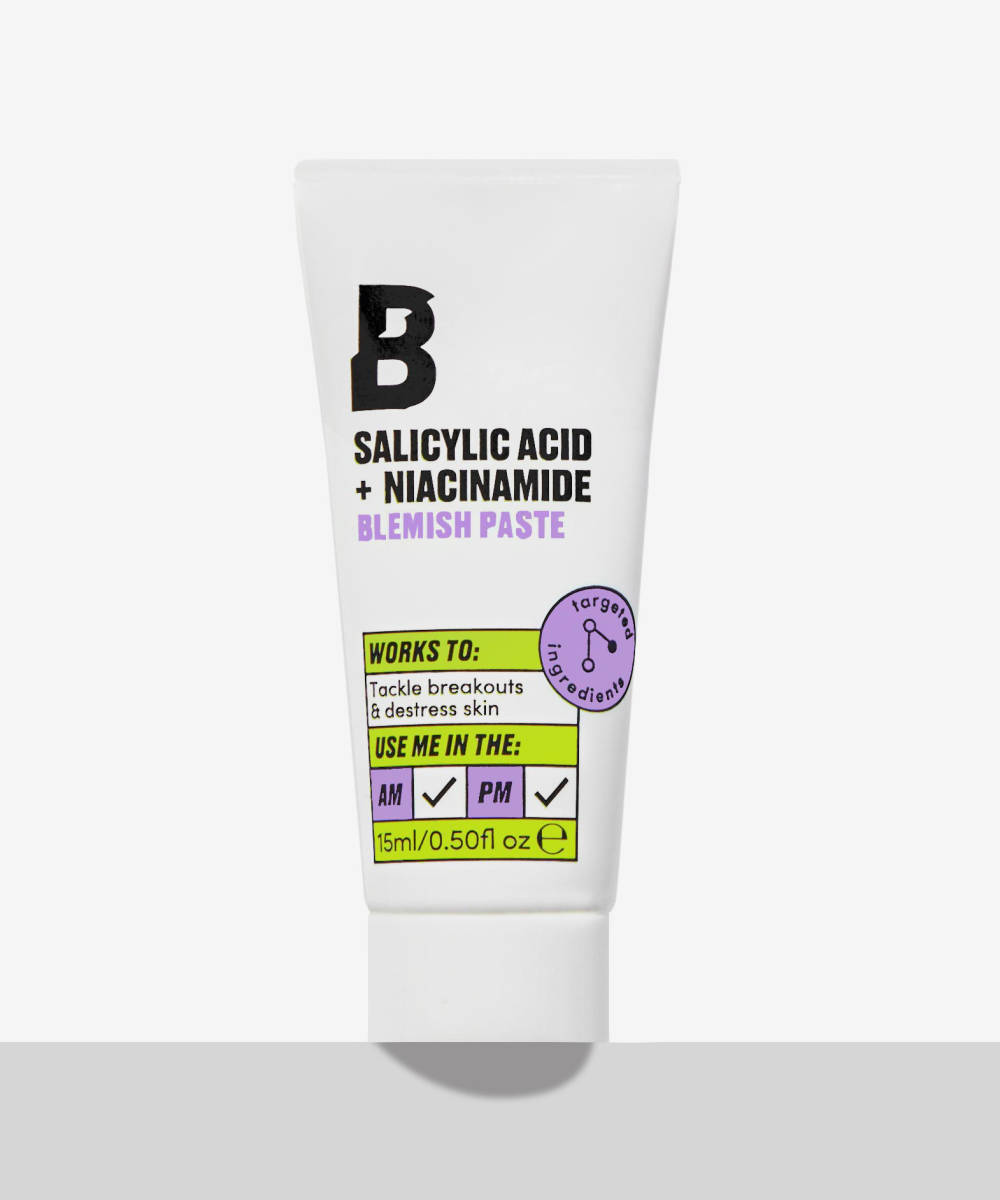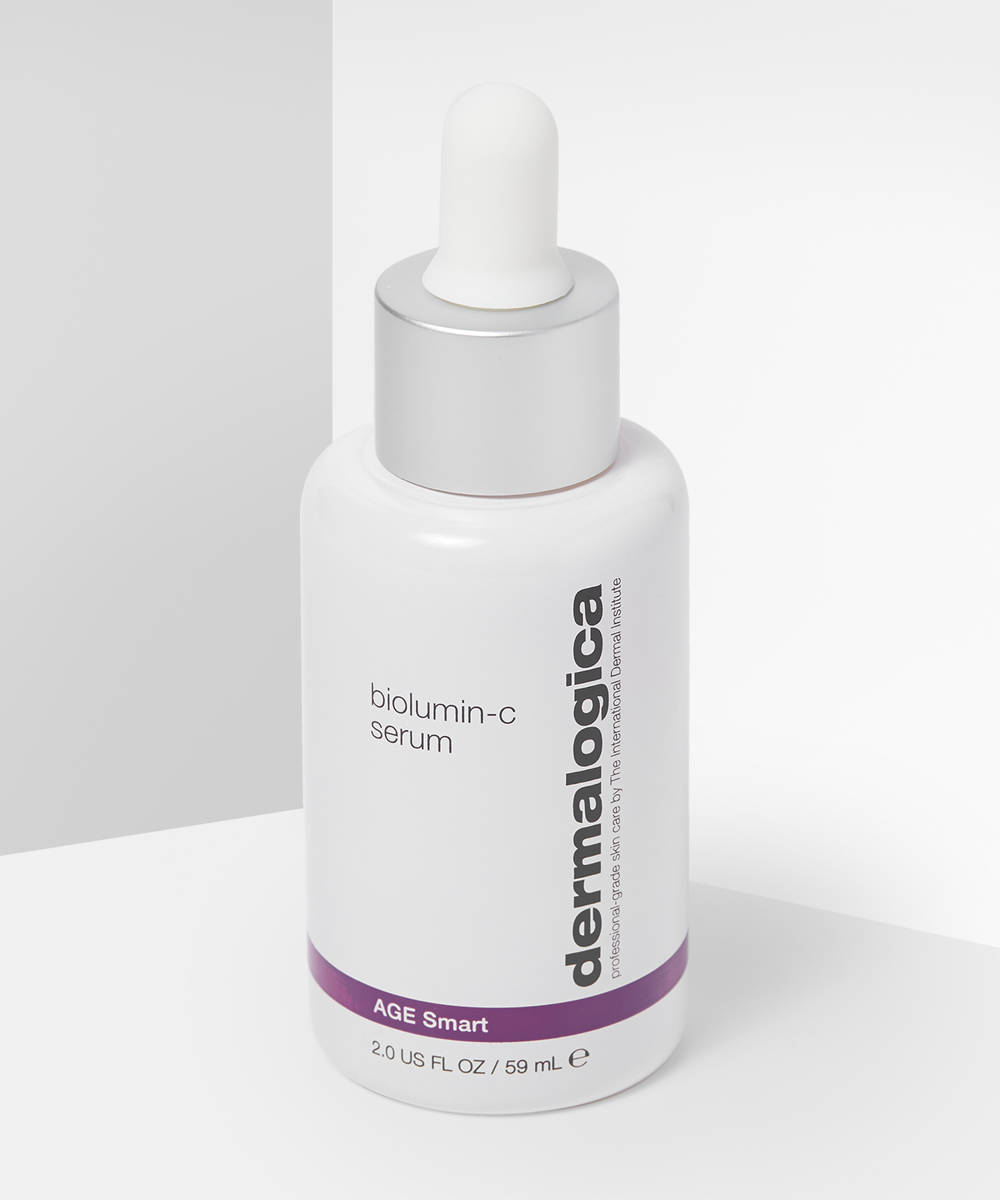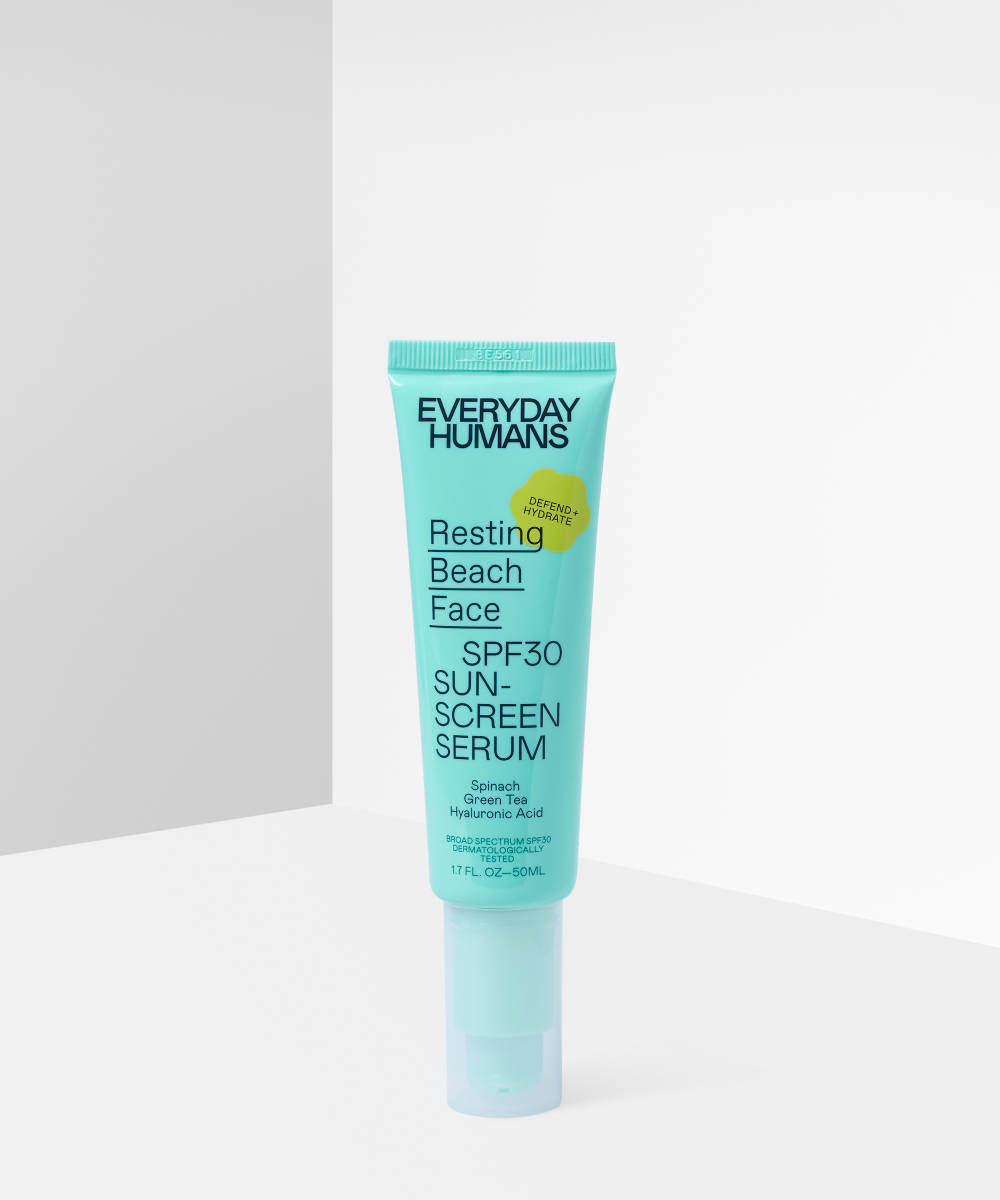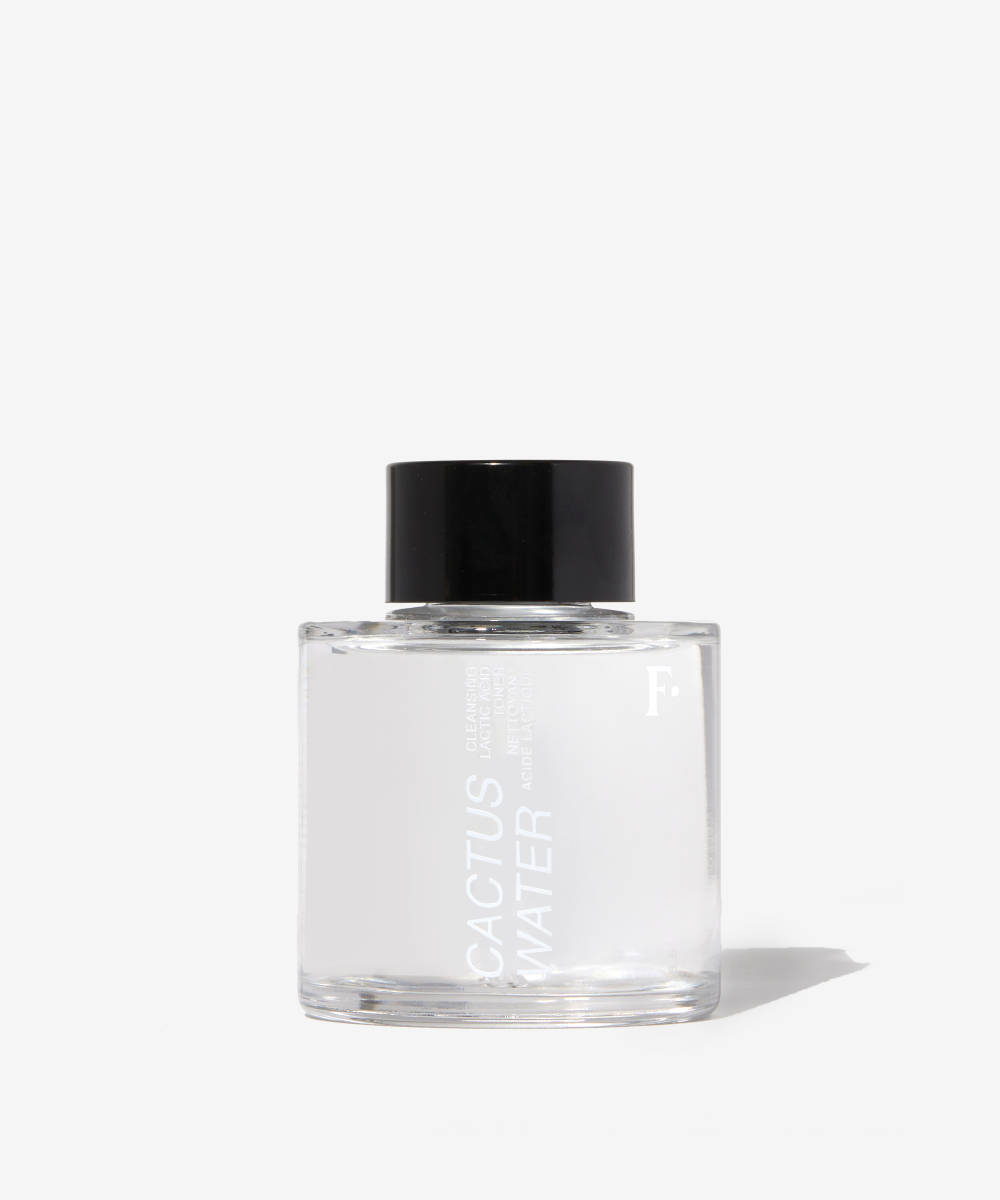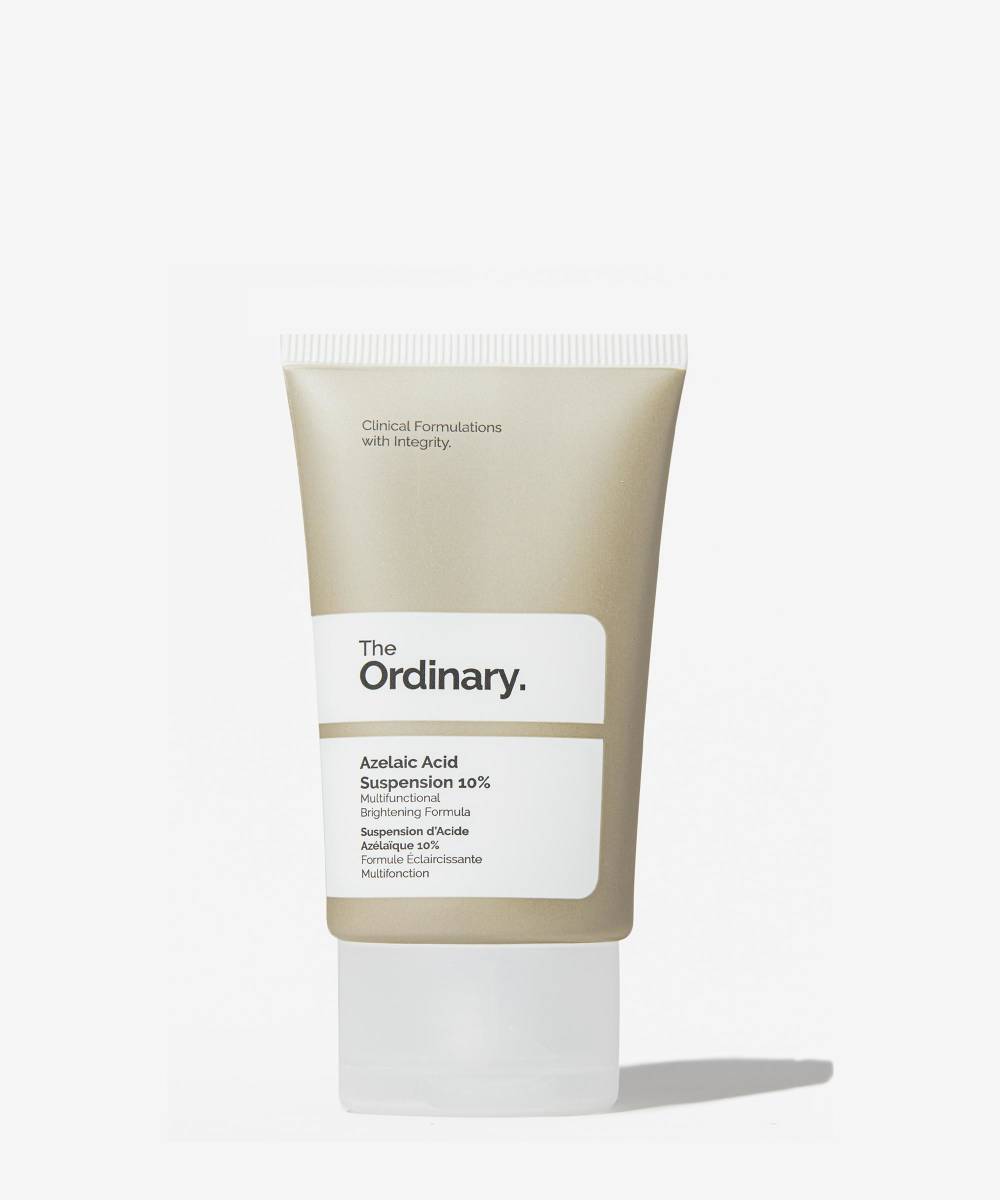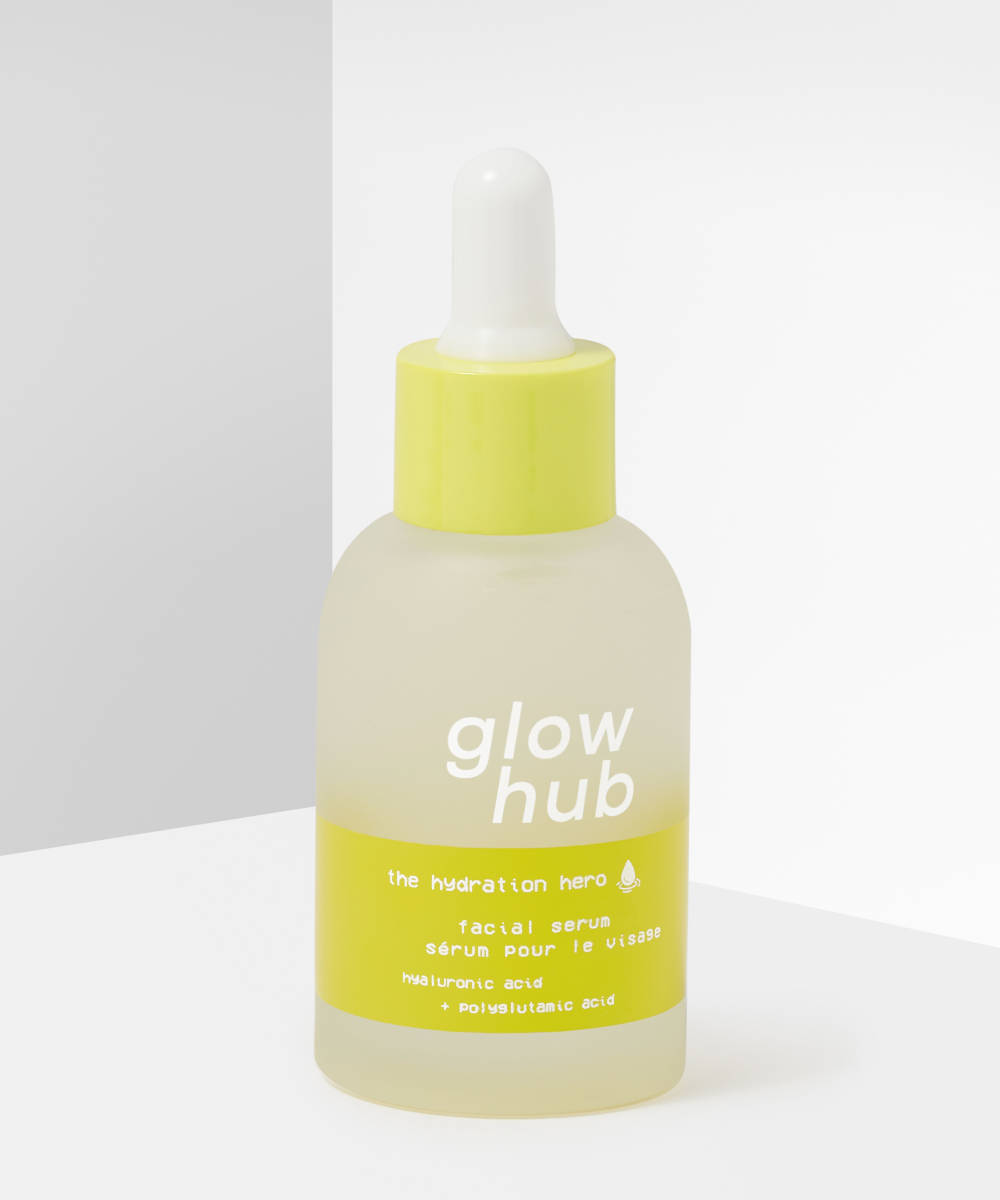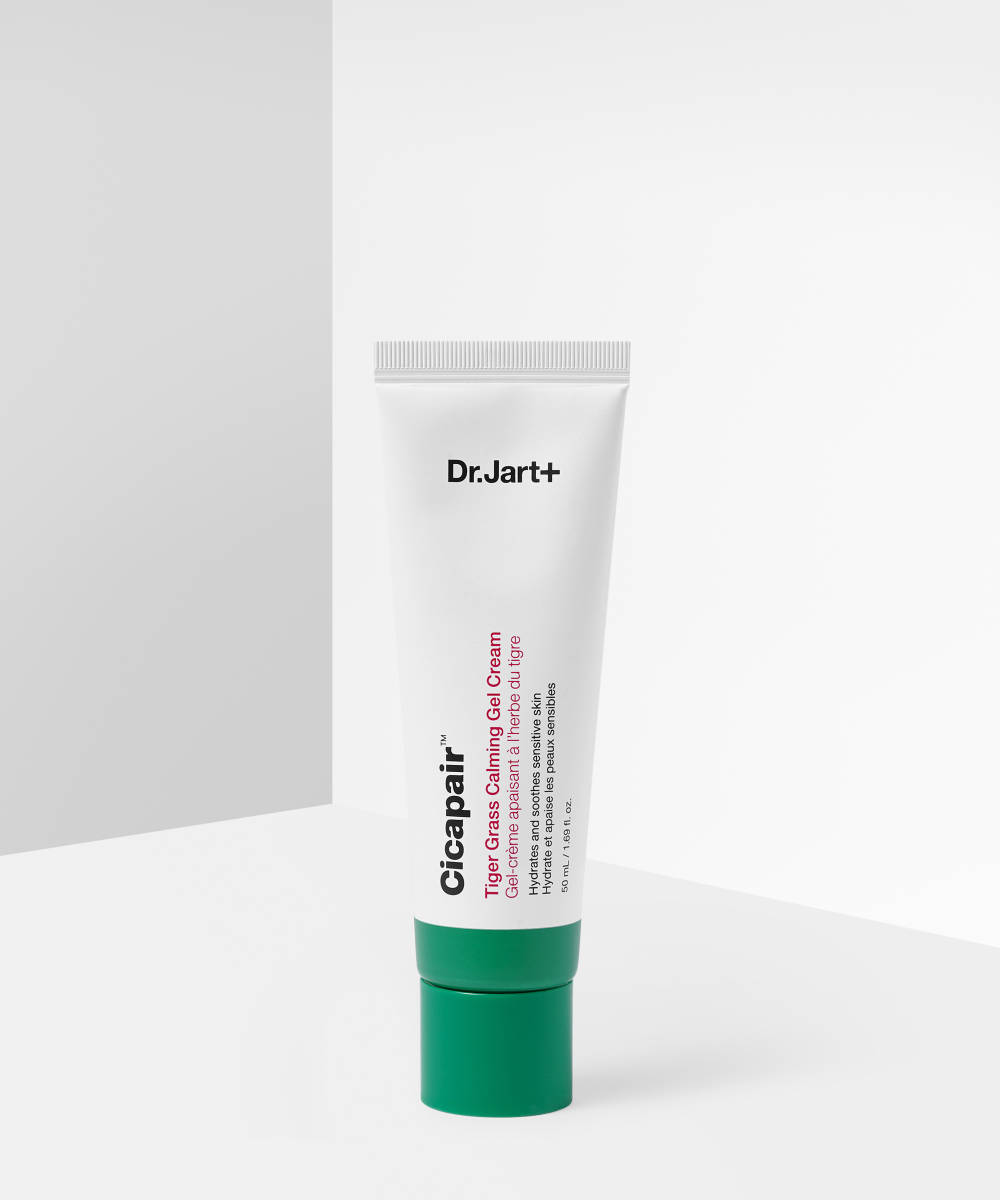Hi Grace,
Every time I get a breakout it seems to leave behind a red scar which lasts for even longer than the spot did. They’re totally flat and painless but because I have so many of them my skin looks really red and uneven. What can I do to get rid of these marks?
Amber
Breakouts are bad enough as it is, but anyone who suffers from post-acne hyperpigmentation knows that dealing with the aftermath is even worse. For some lucky people, spots will clear up straight away, but for others, they linger in the form of red or brown marks than can last for weeks (even months) and can lead to long-term scars if not treated correctly.
As someone from the unlucky category, I’ve tried just about every possible treatment that there is out there – from professional peels and laser treatments to microdermabrasion kits and superpower serums. Whilst clinical treatments are great, they’re not always easily accessible, and in truth, because treating pigmentation is a marathon, not a sprint, the products you use everyday can make the biggest difference.
These are my top tips for fading marks effectively in order to fast-track you back to clear, even-toned skin.
Treat your spots kindly
Sometimes, the key to preventing scars is in the way you treat a spot when it appears. Popping spots and using harsh spot treatments can cause trauma to the skin which makes the pigmentation worse, so although it feels counterintuitive, treating skin gently is super important. Try By BEAUTY BAY Soothe Paste, which is specifically formulated to help prevent breakouts from leaving marks. As well as blemish-clearing ingredients like salicylic acid and zinc, it’s packed with squalane, glycerin, and niacinamide to prevent skin from drying out. You may be familiar with the spot stickers applied to help treat existing breakouts, but Zitsticka went a step further and created Hyperfade, patches to help target the marks they leave behind. Miniature microdarts dissolve ingredients like vitamin C, alpha arbutin, niacinamide, and kojic acid into the skin to reduce redness and slow melanin production. Theyre a personal favourite of mine.
Introduce vitamin C
Vitamin C is a great ingredient for treating pigmentation from acne because it helps to increase production of collagen, the protein responsible for rebuilding healthy skin by promoting healthy tissue growth. My favourite, Dermalogica Bio-Lumin C Serum can be applied twice a day and used even on sensitive skin without causing irritation. Plus, it will help to brighten dull skin in the process.
Wear SPF daily
Wearing daily SPF is important for many reasons, but its benefit for post-acne marks is surprisingly underrated… UV exposure causes inflammation to the skin, so exposing your breakouts and scars to the sun will only worsen the pigmentation, which is why it’s super important to wear a high factor every single day. The light, serum-like formula of Resting Beach Face SPF30 (from Australian SPF experts Everyday Humans) won’t clog pores or leave skin looking greasy, and it makes a great base for makeup.
Try gentle exfoliants
As scars are typically on the top layers of skin, with each layer of dead skin that’s removed, they will appear more faded, so a gentle chemical exfoliant can be a worthwhile addition to your routine. F you’re new to acid or have sensitive skin or active breakouts, avoid glycolic acid, and instead try its gentler alternative, lactic acid. Freck Cactus Water heroes lactic acid, an AHA (chemical exfoliant) which removes dead skin cells and maximises the impact of other ingredients. By exfoliating away the surface layer of the skin, fresh new skin shines (literally) through and licorice root gets to work, calming inflammation and preventing future breakouts, thanks to its anti-microbial properties. Even gentler still, azelaic acid is one of those ingredients that crops up when it’s past midnight and you’re 543682 pages deep into a Reddit thread about treating acne scars (yep, I’ve been there). The ingredient is frequently prescribed to rosacea sufferers, due to its ability to decrease the inflammation that causes rosacea’s trademark redness. It works in the same way for post-acne marks, selectively targeting pigment-producing cells without impacting normal ones and has the added benefit of preventing the growth of acne-causing bacteria.
Hydrate skin to heal skin
Skin is only healthy and able to heal and function at its best when it’s well-hydrated so don’t be tempted to skip moisturiser – it’s as beneficial for oily, acne-prone skin as it is for dry and dehydrated skin. Layer on lightweight hydrating serums beneath a thicker cream to get the most out of moisturising formulas and strengthen the skin barrier.
